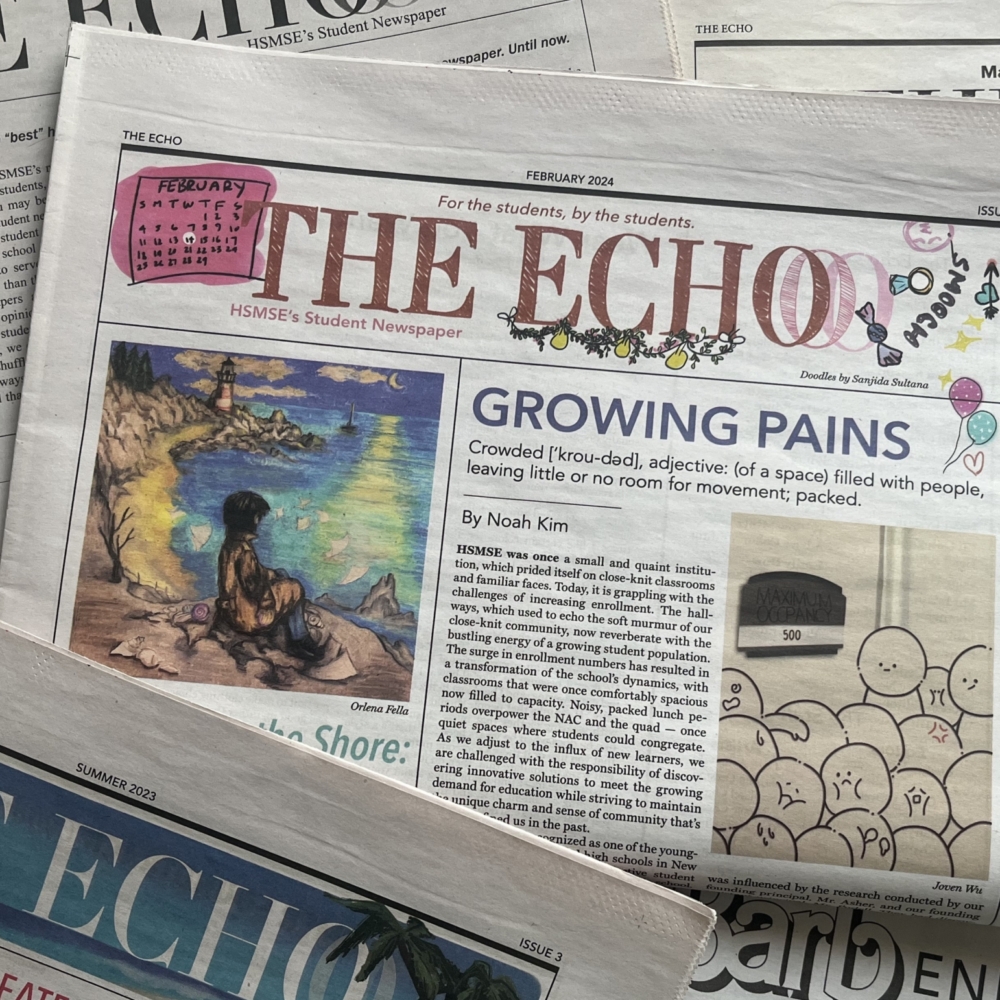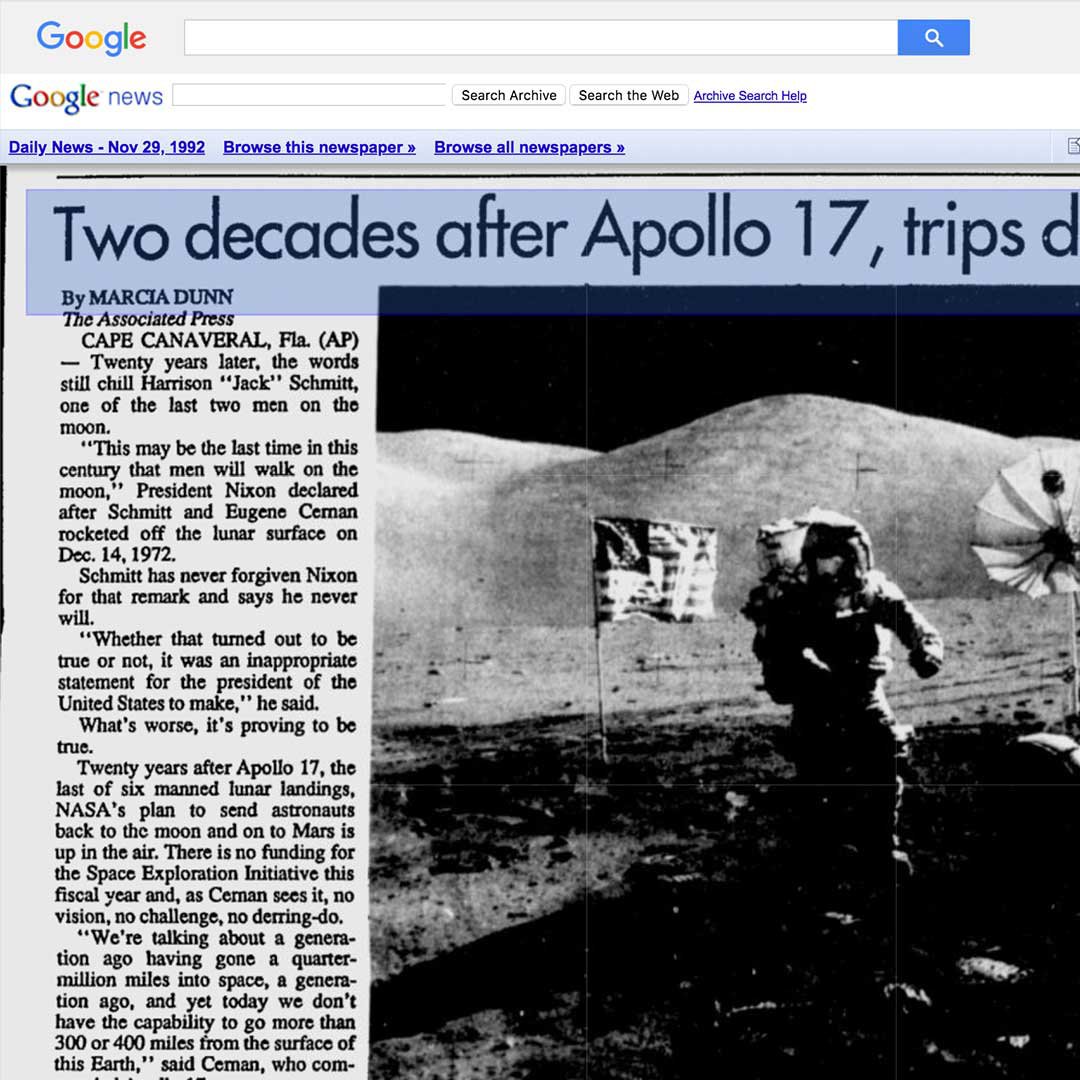The Best Guide To News Articles
Table of ContentsHow News Articles can Save You Time, Stress, and Money.The Greatest Guide To News ArticlesRumored Buzz on News ArticlesThe Best Guide To News ArticlesSome Known Incorrect Statements About News Articles
Good expertise of various topics gives trainees a competitive side over their peers. Despite the fact that digital and social networks are readily easily accessible, we must not forget how important it is to check out the papers. Parents must attempt and instill the practice of reviewing a newspaper as a daily routine to proceed the legacy of the revered print tool.News tales also consist of a minimum of one of the adhering to essential characteristics about the desired audience: closeness, prominence, timeliness, human passion, oddity, or consequence. The associated term journalese is in some cases used, usually pejoratively, to describe news-style writing. One more is headlinese. Papers usually stick to an expository writing design.
Within these limitations, newspaper article also intend to be extensive. Nonetheless, other variables are entailed, some stylistic and some originated from the media kind. Amongst the bigger and a lot more reputable papers, fairness and equilibrium is a major consider presenting details. Commentary is usually restricted to a different section, though each paper might have a different total angle.
Papers with a global audience, for example, have a tendency to use a much more formal design of creating. News Articles.; common style overviews consist of the and the US News Design Publication.
News Articles for Dummies
As a rule, journalists will certainly not use a long word when a short one will certainly do. They use subject-verb-object construction and vivid, active prose (see Grammar). They provide stories, examples and allegories, and they hardly ever rely on generalizations or abstract ideas. Information writers try to avoid using the same word more than when in a paragraph (often called an "resemble" or "word mirror").
Nonetheless, headlines sometimes leave out the topic (e.g., "Leaps From Watercraft, Catches in Wheel") or verb (e.g., "Pet cat lady lucky"). A subhead (likewise subhed, sub-headline, subheading, subtitle, deck or dek) can be either a subordinate title under the major heading, or the heading of a subsection of the post. It is a heading that comes before the main message, or a team of paragraphs of the primary text.

Extra billboards of any of these types may show up later in the short article (particularly on succeeding web pages) to attract more analysis. Such billboards are also used as reminders to the post in other areas of the magazine or website, or as ads for the item in other magazine or websites. Regular structure with title, lead paragraph (recap in vibrant), other paragraphs (information) and call details.

Example of a hard-lead paragraph NASA is recommending another area task. The budget plan requests around $10 billion for the job.
The NASA announcement came as the company requested $10 billion of appropriations for the project. An "off-lead" is the second most crucial front page news of the day. The off-lead shows up either in the top left corner, or directly listed below the lead on the right. To "bury the lead" is to start the post with history details or information of secondary importance to the viewers, compeling them to learn more deeply right into an article than they ought to have to in order to uncover the important points.
Not known Factual Statements About News Articles
Typical usage is that or 2 sentences each create their own paragraph. Journalists normally describe the organization or framework of a newspaper article as an inverted pyramid. The important and most fascinating aspects of a story are placed at the start, with supporting information adhering to in order of lessening significance.
It enables people to explore a subject to just the deepness that their interest takes them, and without the charge of details or subtleties that they can consider unnecessary, however still making that info available to more interested visitors. The upside down pyramid framework likewise allows articles to be trimmed to any arbitrary size during design, to fit in the room available.
Some writers begin their stories with the "1-2-3 lead", yet there are many kinds of lead readily available. A kicker can refer to several things: The last story in the news broadcast; a "satisfied" story to end the show.
Longer articles, such as magazine cover articles and the pieces that lead the inside areas of a newspaper, are known as. Attribute stories why not check here vary from straight news in numerous methods.
The Single Strategy To Use For News Articles
The reporter often information interactions with interview topics, making the piece a lot more individual. A function's first paragraphs typically connect an intriguing minute or occasion, as in an "anecdotal lead". From the details of a person or episode, its view promptly expands to generalities regarding the tale's subject. The area that signals what a feature has to do with is called the or billboard.

The Editor's Toolbox: A Recommendation Overview for Beginners and Professionals (2001) Allan M. Siegal and William G. Connolly. The New York Times Guidebook of Style and Use: The Authorities Design Guide Made Use Of by the Writers Resources and Editors of the World's The majority of Authoritative Paper (2002) M. L. Stein, Susan Paterno, and R.